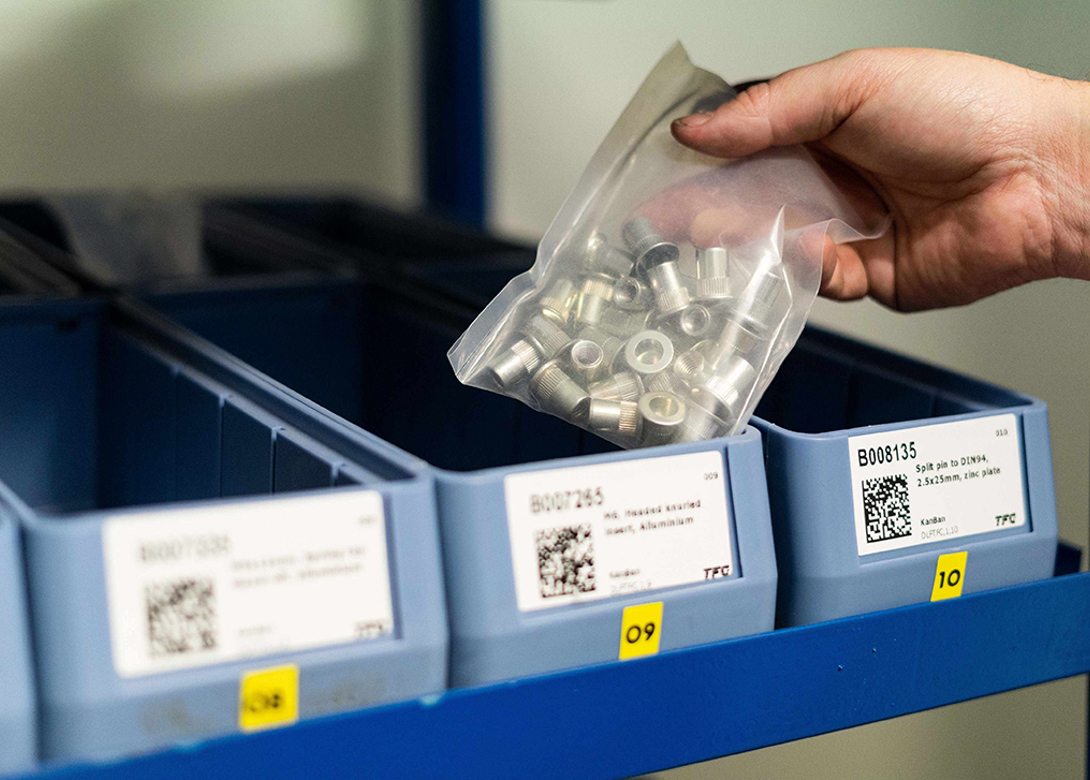
Hidden costs can be found everywhere, including in a supply chain, where they can be seriously eroding profit margins. Here Keith Kentish, group commercial director at TFC Ltd, highlights some unseen supply chain costs and explains how manufacturers can avoid them.
The Covid-19 pandemic has made it more difficult for manufacturers to source the parts they need and it’s no surprise companies are concerned about the impact of lockdown on the continuity of their supply chains. Now, as ever, the priority for supply chain managers is keeping operations running while minimising costs – some of which may be hidden.
In many supply chains a lot of time is spent keeping track of inventory, whilst even more is spent making and processing the required orders. This issue is often exacerbated when companies work with multiple suppliers because each supplier comes with its own paperwork requirements. According to a report more than 100 million hours of time is wasted by UK businesses in procurement, supplier management and freight administration annually. This creates an annual cost in excess of GB£1.5 billion (approx €1.6 billion).
It would be far more valuable to reduce the amount of administration required and move staff into more productive roles. Vendor reduction and rationalisation is a good way to achieve this, as it means fewer orders and far less paperwork. An even better approach would be a Vendor Managed Inventory (VMI) system. VMI benefits include, but are not limited to, technology to trigger automatic stock replenishments, supplier on-site stocking, as well as consolidated invoicing. This can reduce the required administration and management time of C-class components.
In addition, smaller companies may find it hard to get good value without significant purchasing leverage, particularly if they change suppliers. The key here is relationships – maintaining long-term partnerships with trusted suppliers. Smaller companies can benefit from the leverage of a larger VMI service partner.
For example, TFC regularly purchases on behalf of numerous businesses’ consolidated demands from UK, European and Far East partners, passing on the cost reduction from buying in bulk to customers.
While stockpiles of spare parts are a useful buffer against uncertainty, they are also a hidden cost. Warehouse operations cost companies billions each year and this continues to grow as supply chains become more complex. Here, the three main costs facing manufacturers are space, labour and equipment. Specifically, companies will need to pay for a building to keep inventory safe, employees to move parts around and equipment to process it.
Understocking is even more problematic – if businesses don’t have the parts they need, when they need them, they risk having to halt production and downtime is expensive. By working with a VMI service partner to understand how much inventory is needed, and how often, a balance can be found that suits production schedules and still ensures a reduction in on-site stock, whilst enjoying the subsequent cash flow benefits this can bring.

Biog
Having spent a decade in the fastener industry experiencing every facet – from steel mills, fastener manufacturers, wholesalers, distributors, as well as machinery builders and plating + coating companies, Claire has developed an in-depth knowledge of all things fasteners.
Alongside visiting numerous companies, exhibitions and conferences around the world, Claire has also interviewed high profile figures – focusing on key topics impacting the sector and making sure readers stay up to date with the latest developments within the industry.







